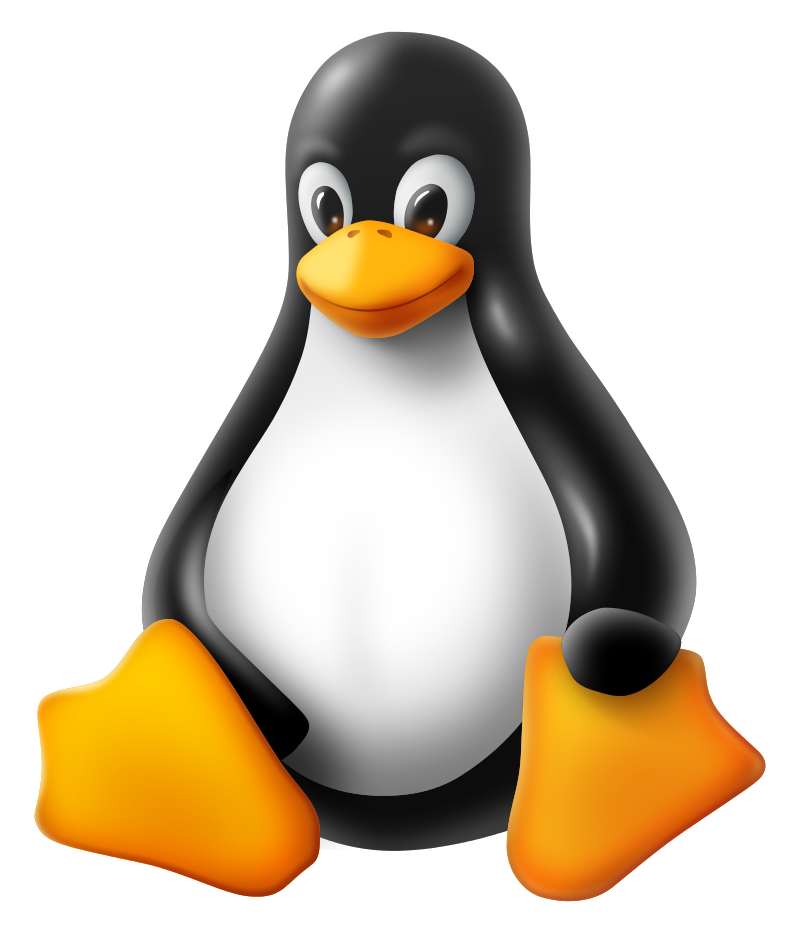Where Linux equivalents or ports of Windows applications do not exist, other means of using them in conjunction with Linux may still be available. Three main approaches exist: dual booting, emulators and compatibility layers.
Dual booting
In dual booting, the two operating systems are installed on separate parts of the hard drive (or separate hard drives), and the user boots into (starts up) the desired operating system when starting the PC. This is obviously impractical when both systems are required at the same time.
Emulators
Emulators provide a more practical way of using two different operating systems at the same time. An emulator provides a self-contained part of the hard drive that "emulates" the hardware of a PC; an entire operating system (in this case Windows) can then be installed within this self-contained "space" as if it were on a separate PC. It is, however, controlled by the other operating system (the "host", in this case Linux).
Wine compatibility layer
The other most common approach to running Windows software on Linux is to use Wine. Unlike an emulator, Wine does not emulate the hardware (hence the acronym WINE – "Wine is not an emulator"). Instead, it interprets the commands sent between the Linux operating system and the Windows application so that the application acts as if it were installed on Windows. In very simplified terms, Wine pretends to be Windows.
Wine can be somewhat difficult to set up and configure for each individual Windows application. As a result, two software applications have emerged that do most of the configuration work for the user: Crossover Linux and PlayOnLinux. Crossover Linux is a commercial application, but inexpensive; PlayOnLinux is free.
Wine consumes very little in the way of hardware resources compared to Windows itself. It is therefore quite practical for each Windows application being run to have its own, separate instance of Wine. A further advantage here is that Wine can model the Windows version must suitable for the particular application (Windows Vista, Windows 10, etc.). Both Crossover Linux and PlayOnLinux provide a user-friendly interface for managing the applications and the individual pseudo-Windows (termed "bottles" in the case of Wine).
Despite being a commercial, closed-source application, Crossover Linux enjoys a lot of support in the open-source community, as sales of the product are also used to sponsor the development of Wine itself (which is open source).
Complex Windows applications such as Microsoft Office require considerable tweaking of Wine before they will run satisfactorily. For MS Office and other select applications, Crossover Linux and PlayOnLinux provide dedicated installers that take care of this tweaking. Where such an installer is not available (as is the case for the most popular Windows CAT tools), configuring Wine for such a complex application is likely to be beyond the ability of a normal computer user.
